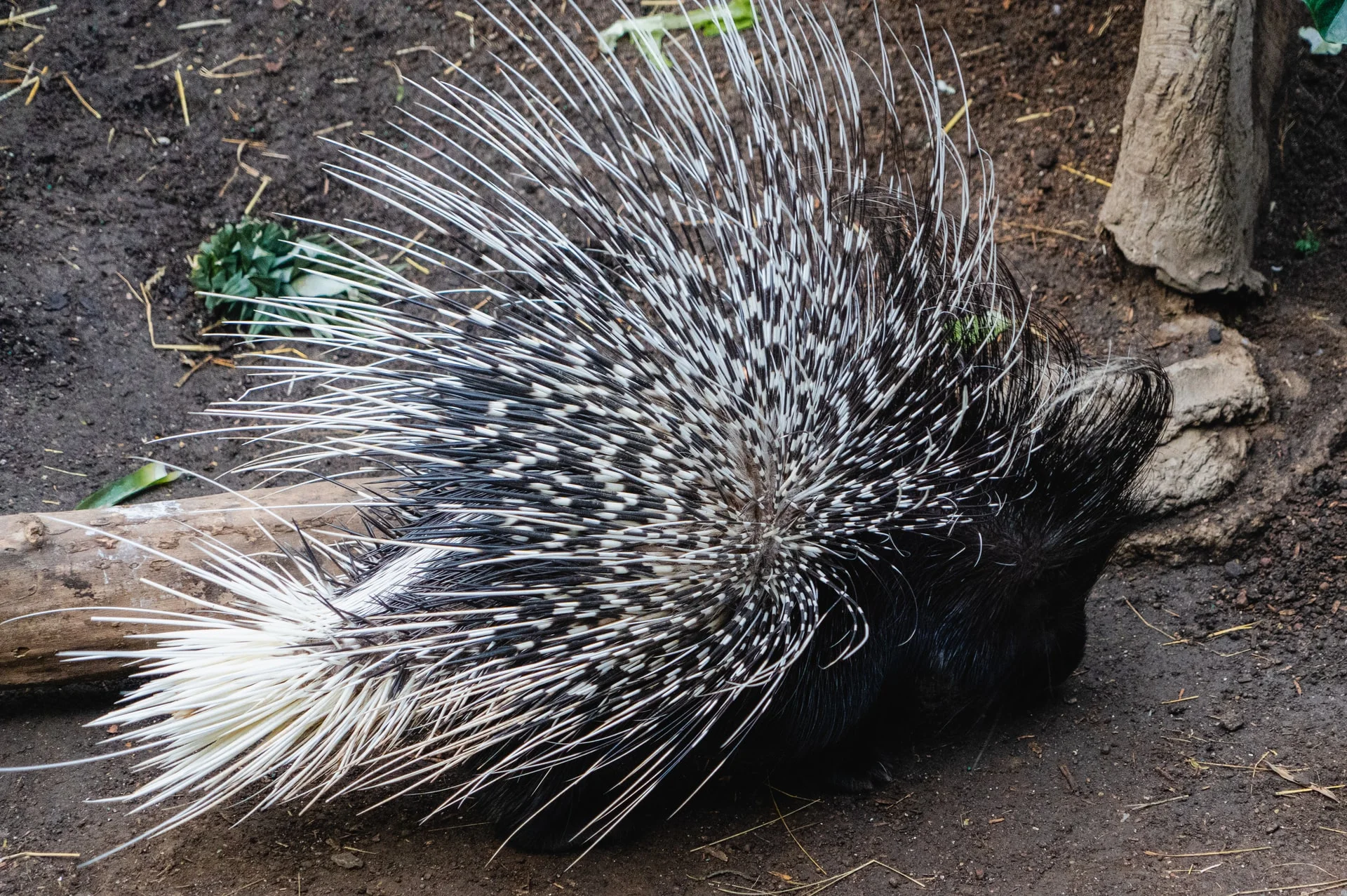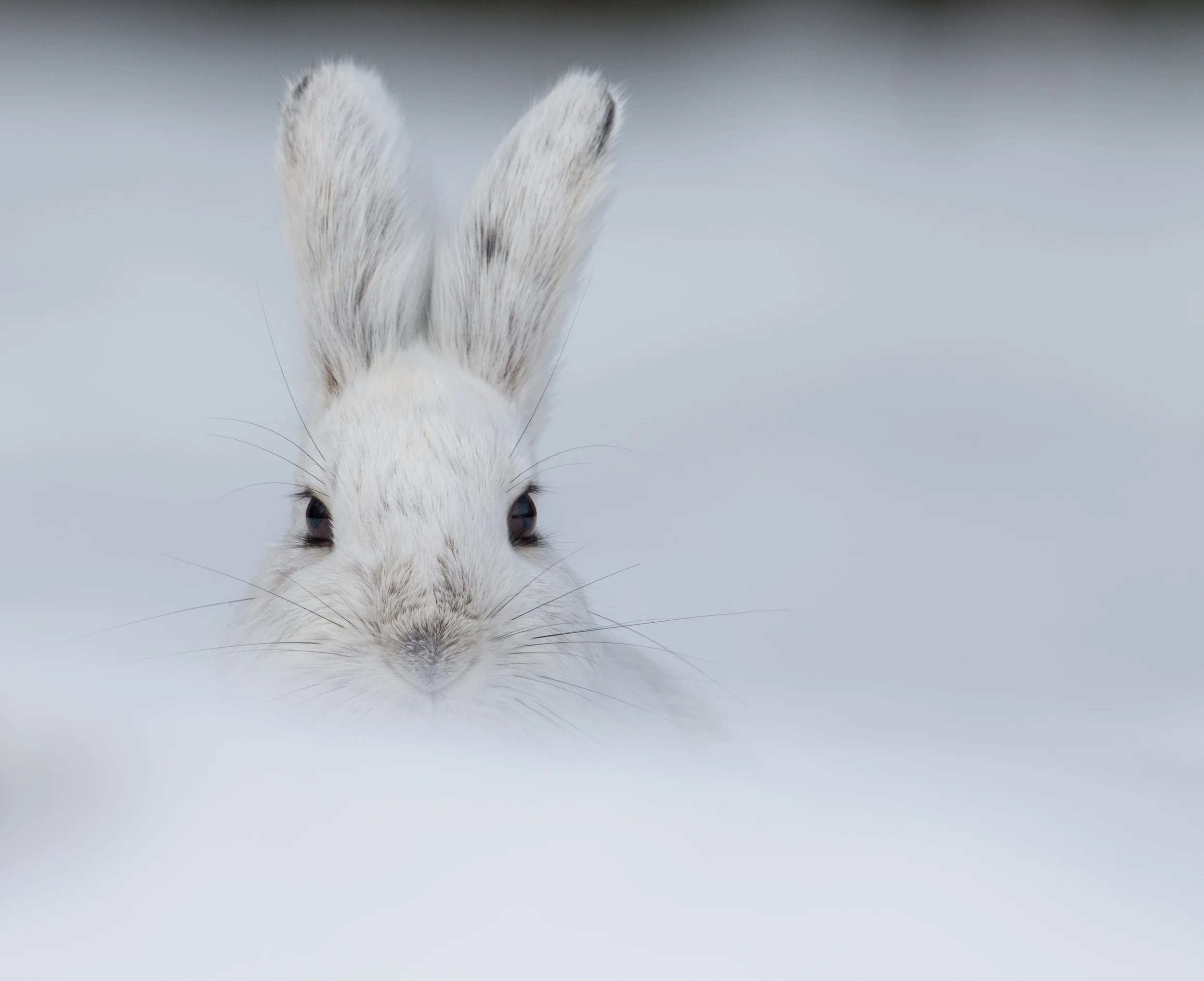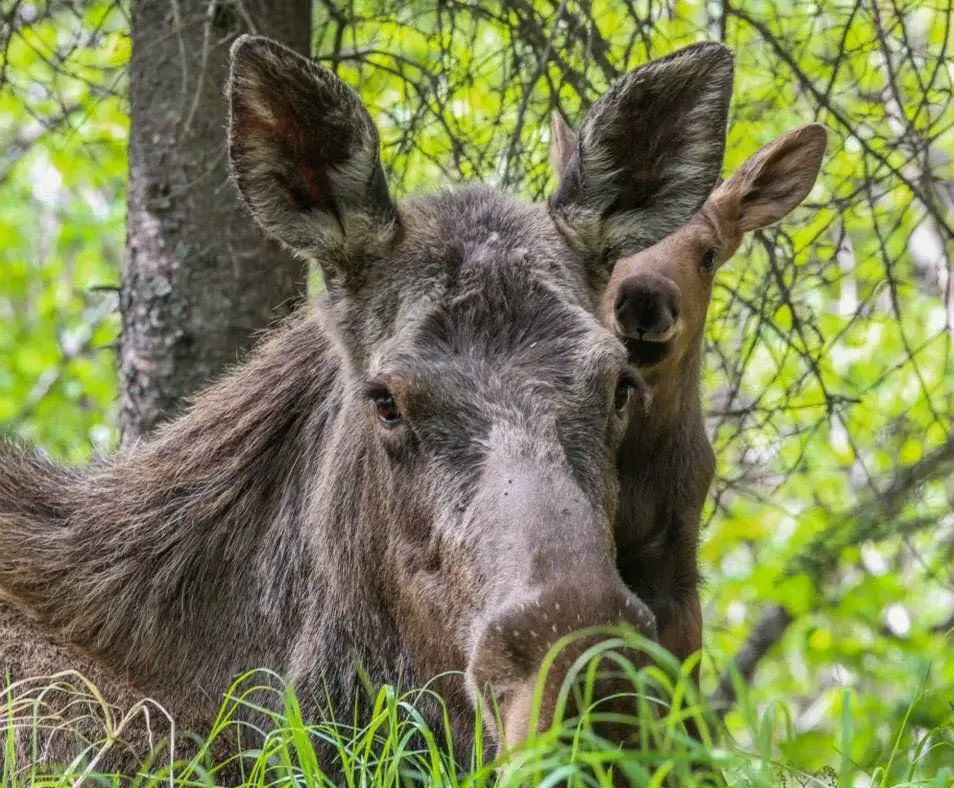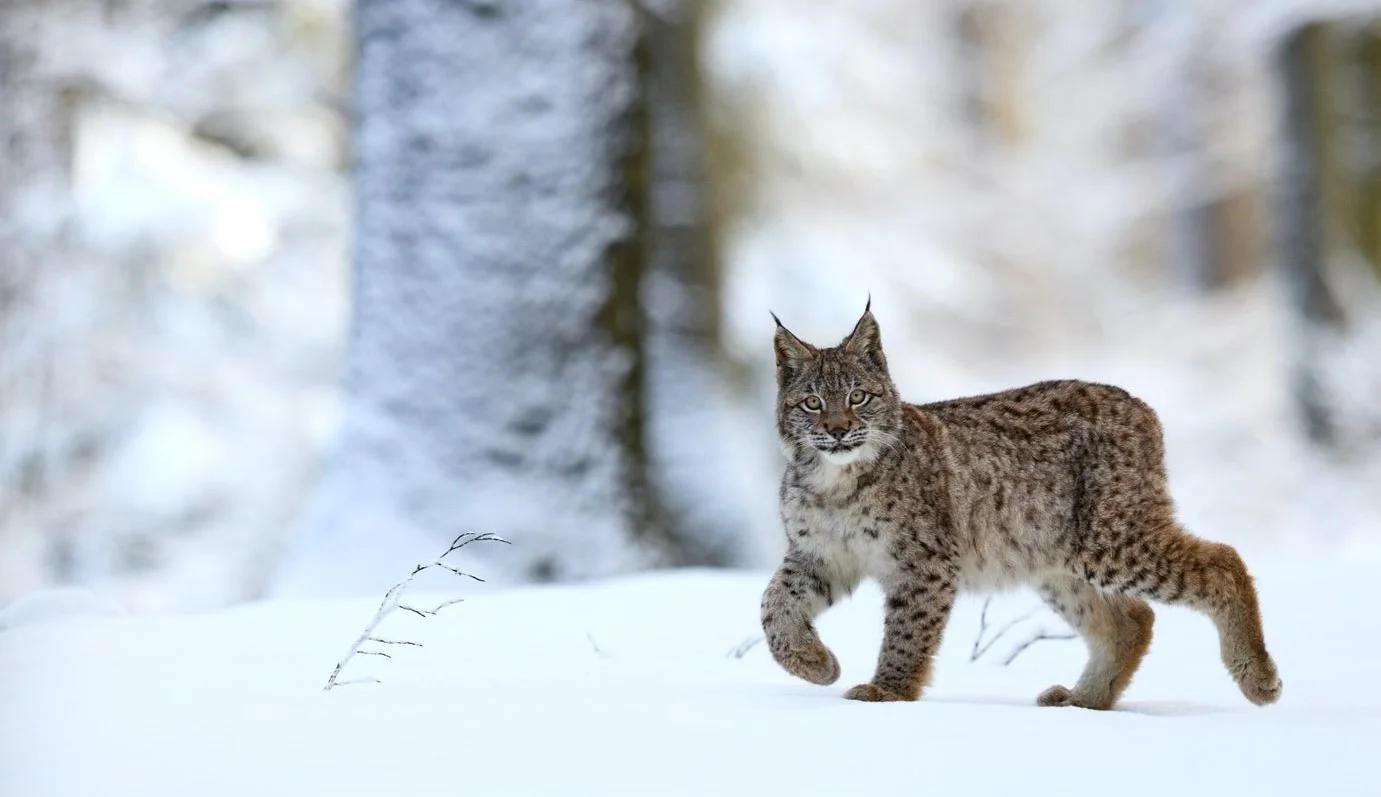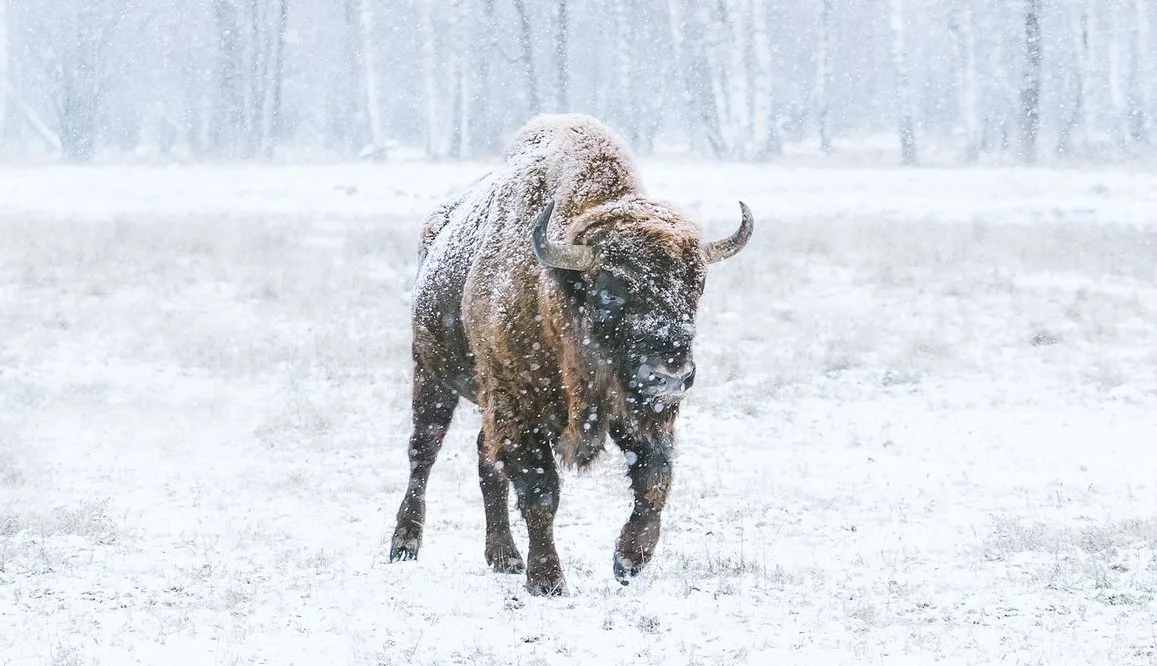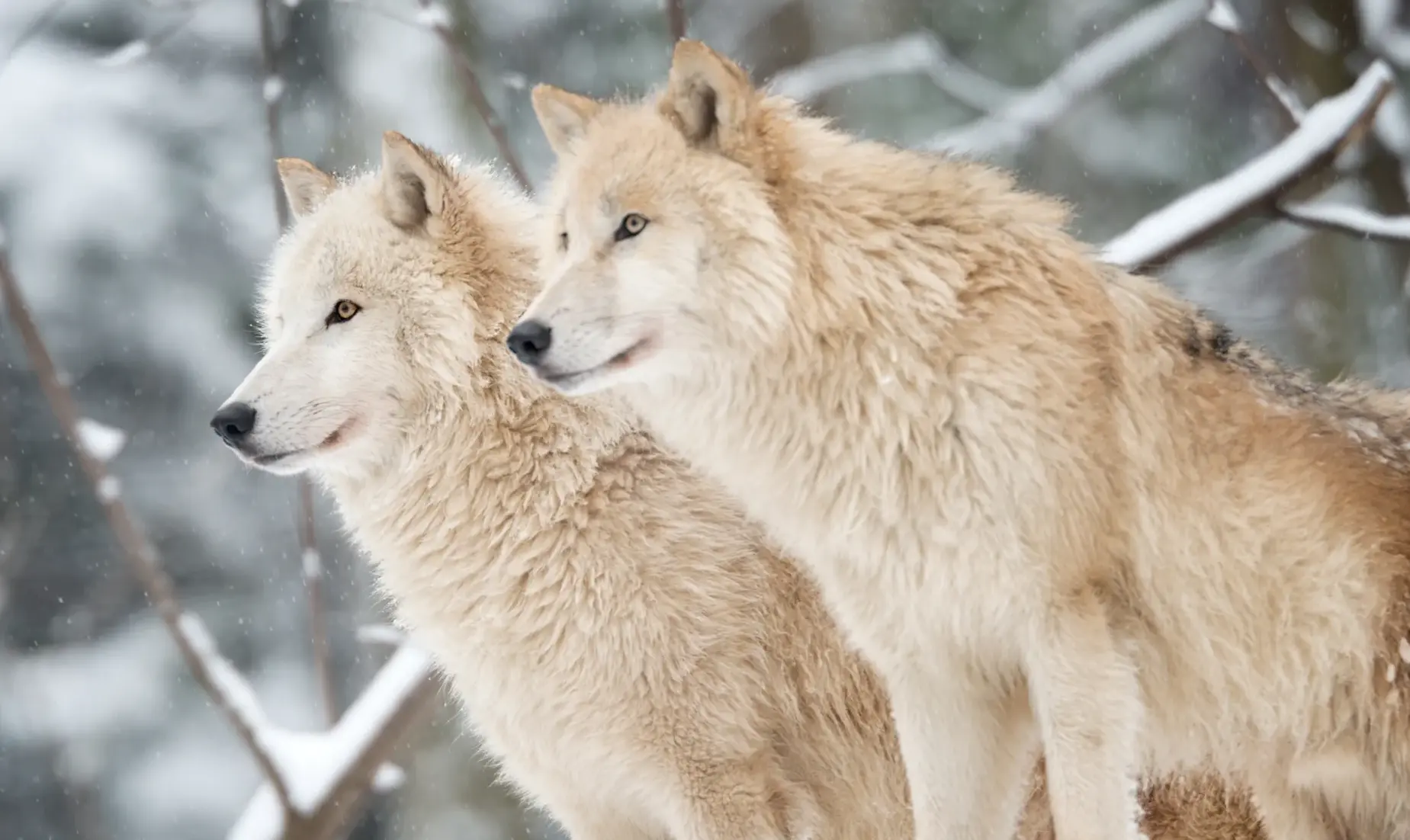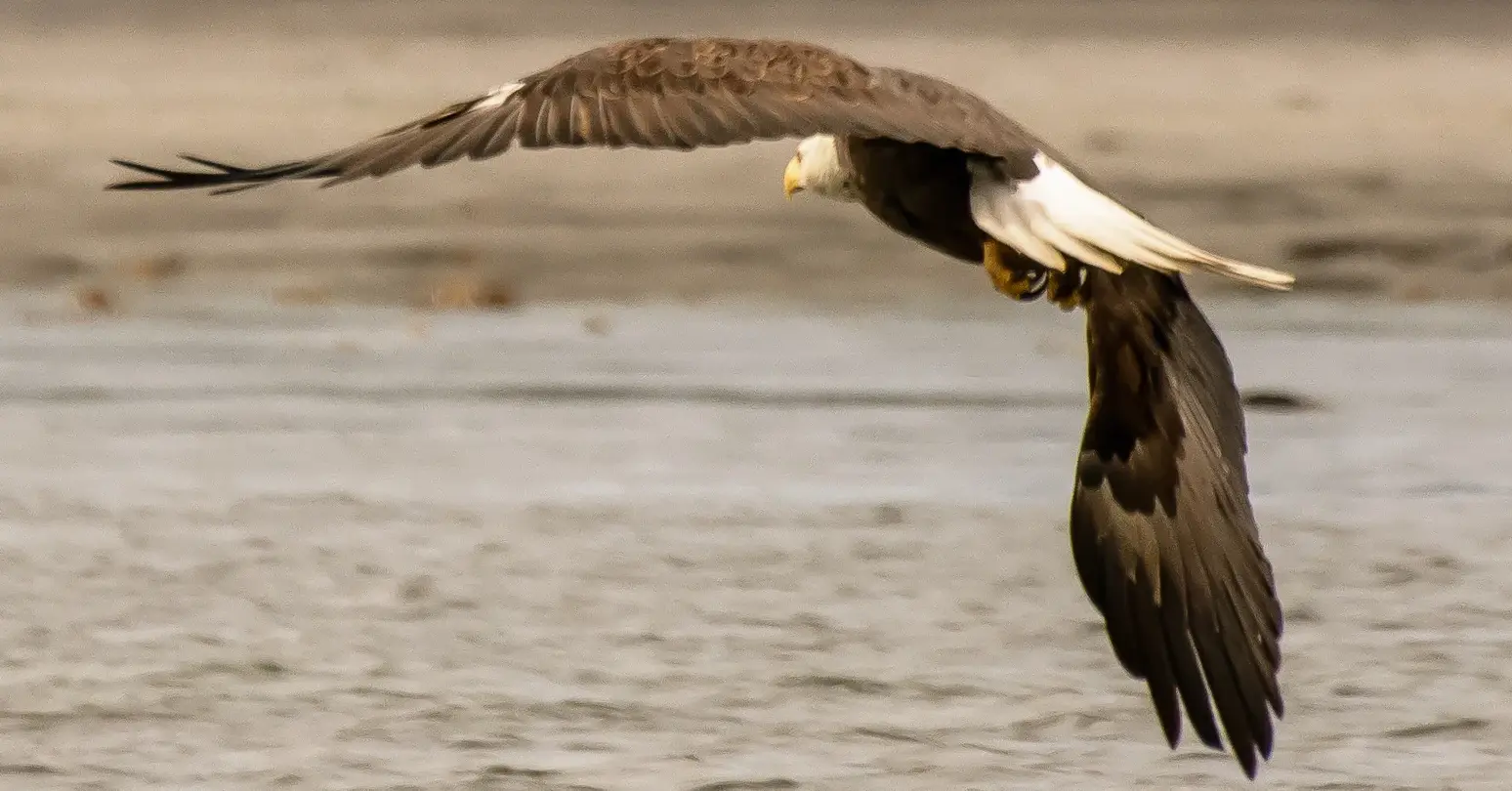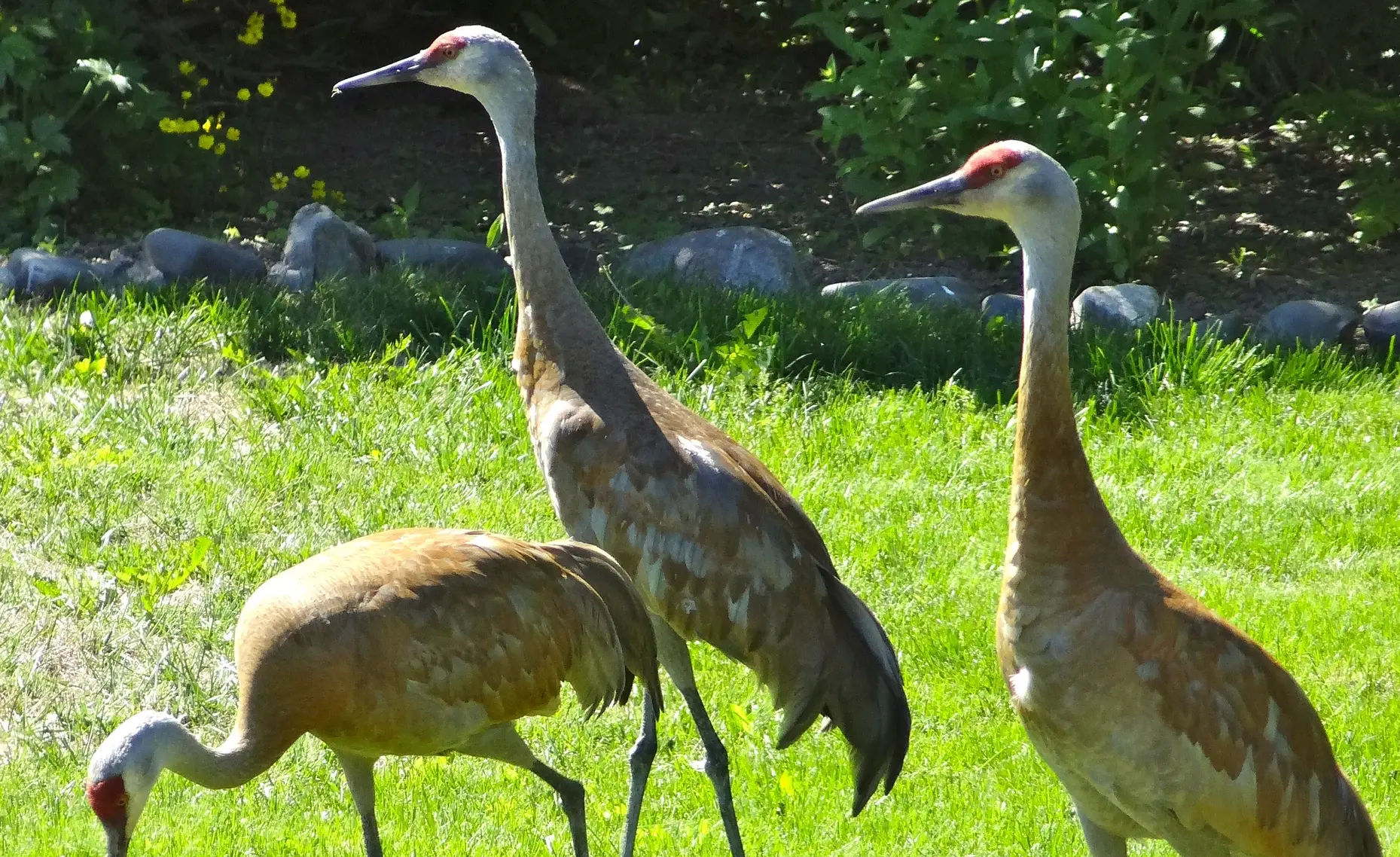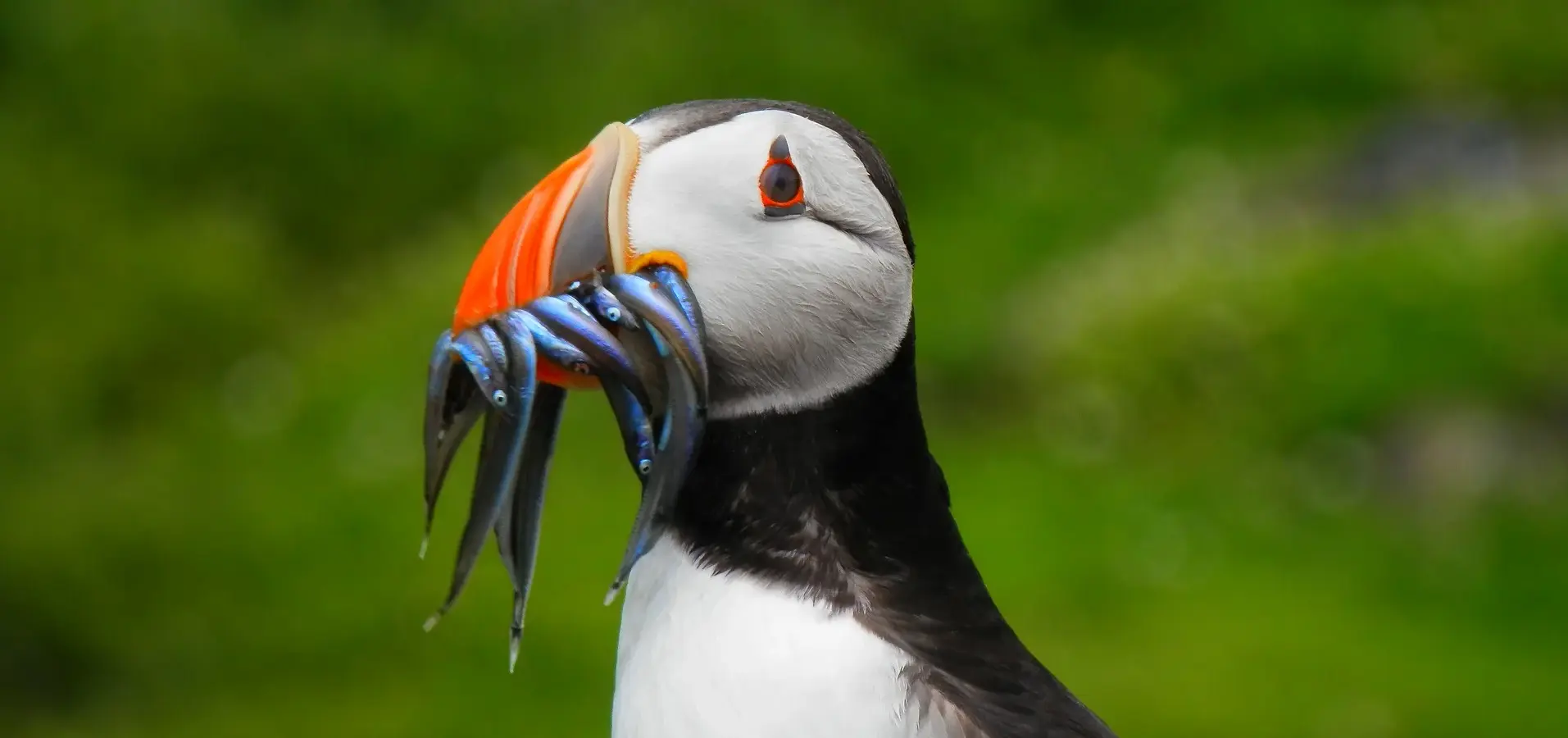Graceful and magnificent, whales inspire awe and wonder when seen in the wild, and are a strong draw for people coming to Alaska. And Alaska does not disappoint. In the summer of 2020, we went halibut fishing out by Silver Ridge. Throughout the trip and while we were fishing we saw some 40-50 humpback whales swimming, diving, and blowing all around us. At one point, one of them, maybe 100 feet off our port side, breached, throwing its massive 35-ton body entirely out of the water with an incredible splash. Truly awesome. Incredibly powerful. There are simply not words to describe the experience.
And we want you to have it.
There are 8 species of whales that frequent the icy waters of Alaska. Beluga, Humpback, Grey, Orca, Bowhead, Blue, Right, and Minke. Like all mammals, whales breathe air into their lungs, suckle their young, are warm-blooded, and have very little hair. They breathe through blowholes in the top of their hair, shooting water high into the air (which is a fabulous way to spot them from a boat).
We go into more depth (pun intended) into the types of whales you are likely to see in the waters of Kachemak Bay. And one of your Tier 2 Excursion options is a Wildlife Viewing tour—taking you out specifically to search for these magnificent creatures.
